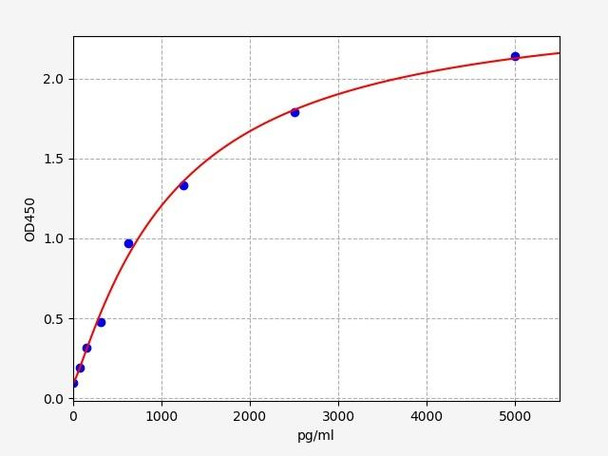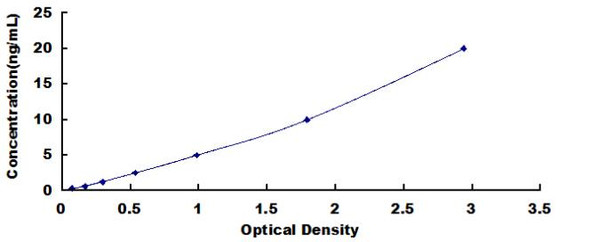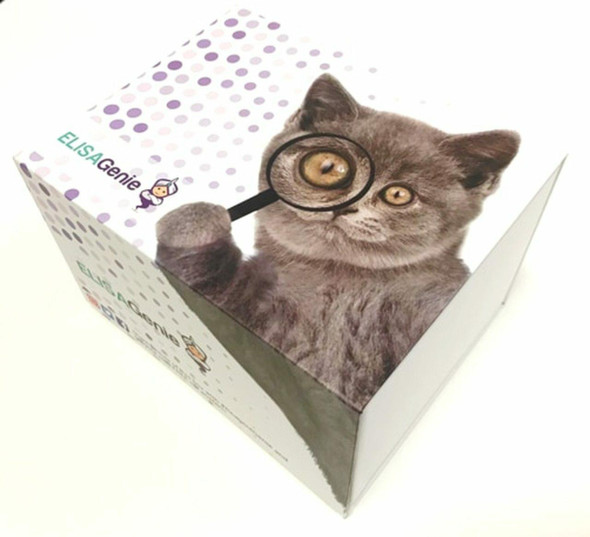Human XRCC5/Ku80 (X-ray repair cross-complementing protein 5) ELISA Kit (HUFI05638)
- SKU:
- HUFI05638
- Product Type:
- ELISA Kit
- Size:
- 96 Assays
- Uniprot:
- P13010
- Sensitivity:
- 46.875pg/ml
- Range:
- 78.125-5000pg/ml
- ELISA Type:
- Sandwich
- Synonyms:
- 86 kDa subunit of Ku antigen, CTC85, CTCBF, DNA repair protein XRCC5, G22P2, KARP 1, KARP1, Ku80, Ku86, KUB2, NFIV, Nuclear factor IV, Thyroid lupus autoantigen, TLAA, XRCC5
- Reactivity:
- Human
Description
Human XRCC5/Ku80 (X-ray repair cross-complementing protein 5) ELISA Kit
XRCC5/Ku80 (X-ray repair cross-complementing protein 5) is the 80-kilodalton DNA-binding subunit of the Ku heterodimer protein which functions in the repair of DNA double-strand break by non-homologous end joining and the completion of V(D)J recombination events. A rare microsatellite polymorphism in XRCC5/Ku80 (X-ray repair cross-complementing protein 5) is associated with cancer in patients of varying radiosensitivity. Diseases associated with XRCC5/Ku80 (X-ray repair cross-complementing protein 5) include Viral Exanthem and Werner Syndrome.
Key Features
| Save Time | Pre-coated 96 well plate | |
| Quick Start | Kit includes all necessary reagents | |
| Publication Ready | Reproducible and reliable results |
Overview
| Product Name: | Human XRCC5/Ku80 (X-ray repair cross-complementing protein 5) ELISA Kit |
| Product Code: | HUFI05638 |
| Size: | 96 Assays |
| Alias: | 86 kDa subunit of Ku antigen ELISA Kit, CTC85 ELISA Kit, CTCBF ELISA Kit, DNA repair protein XRCC5 ELISA Kit, G22P2 ELISA Kit, KARP 1 ELISA Kit, KARP1 ELISA Kit, Ku80 ELISA Kit, Ku86 ELISA Kit, KUB2 ELISA Kit, NFIV ELISA Kit, Nuclear factor IV ELISA Kit, Thyroid lupus autoantigen ELISA Kit, TLAA ELISA Kit, XRCC5 ELISA Kit |
| Detection Method: | Sandwich ELISA, Double Antibody |
| Application: | This immunoassay kit allows for the in vitro quantitative determination of Human XRCC5/Ku80 (X-ray repair cross-complementing protein 5) concentrations in serum plasma and other biological fluids. |
| Sensitivity: | < 46.875pg/ml |
| Range: | 78.125-5000pg/ml |
| Storage: | 4°C for 6 months |
| Note: | For Research Use Only |
Additional Information
| Recovery | Matrices listed below were spiked with certain level of [ANALYTE] and the recovery rates were calculated by comparing the measured value to the expected amount of [ANALYTE] in samples.
| ||||||||||||||||||||
| Linearity: | The linearity of the kit was assayed by testing samples spiked with appropriate concentration of [ANALYTE] and their serial dilutions. The results were demonstrated by the percentage of calculated concentration to the expected.
| ||||||||||||||||||||
| CV(%) | Intra-Assay: CV<8% |
Kit Components
| Component | Quantity | Storage |
| ELISA Microplate (Dismountable) | 8x12 strips | 4°C for 6 months |
| Lyophilized Standard | 2 | 4°C/ -20°C |
| Sample/Standard Dlution Buffer | 20ml | 4°C |
| Biotin-labeled Antibody (Concentrated) | 120ul | 4°C (Protection from light) |
| Antibody Dilution Buffer | 10ml | 4°C |
| HRP-Streptavidin Conjugate (SABC) | 120ul | 4°C (Protect from light) |
| SABC Dilution Buffer | 10ml | 4°C |
| TMB Substrate | 10ml | 4°C (Protection from light) |
| Stop Solution | 10ml | 4°C |
| Wash Buffer (25X) | 30ml | 4°C |
| Plate Sealer | 5 | - |
Other materials required:
- Microplate reader with 450 nm wavelength filter
- Multichannel Pipette, Pipette, microcentrifuge tubes and disposable pipette tips
- Incubator
- Deionized or distilled water
- Absorbent paper
- Buffer resevoir
Protocol
*Note: Protocols are specific to each batch/lot. For the exact instructions please follow the protocol included in your kit.
Before adding to wells, equilibrate the SABC working solution and TMB substrate for at least 30 min at 37°C. When diluting samples and reagents, they must be mixed completely and evenly. It is recommended to plot a standard curve for each test.
| Step | Procedure |
| 1. | Set standard, test sample and control (zero) wells on the pre-coated plate respectively, and then, record their positions. It is recommended to measure each standard and sample in duplicate. Wash plate 2 times before adding standard, sample and control (zero) wells! |
| 2. | Aliquot 0.1ml standard solutions into the standard wells. |
| 3. | Add 0.1 ml of Sample / Standard dilution buffer into the control (zero) well. |
| 4. | Add 0.1 ml of properly diluted sample ( Human serum, plasma, tissue homogenates and other biological fluids.) into test sample wells. |
| 5. | Seal the plate with a cover and incubate at 37 °C for 90 min. |
| 6. | Remove the cover and discard the plate content, clap the plate on the absorbent filter papers or other absorbent material. Do NOT let the wells completely dry at any time. Wash plate X2. |
| 7. | Add 0.1 ml of Biotin- detection antibody working solution into the above wells (standard, test sample & zero wells). Add the solution at the bottom of each well without touching the side wall. |
| 8. | Seal the plate with a cover and incubate at 37°C for 60 min. |
| 9. | Remove the cover, and wash plate 3 times with Wash buffer. Let wash buffer rest in wells for 1 min between each wash. |
| 10. | Add 0.1 ml of SABC working solution into each well, cover the plate and incubate at 37°C for 30 min. |
| 11. | Remove the cover and wash plate 5 times with Wash buffer, and each time let the wash buffer stay in the wells for 1-2 min. |
| 12. | Add 90 µl of TMB substrate into each well, cover the plate and incubate at 37°C in dark within 10-20 min. (Note: This incubation time is for reference use only, the optimal time should be determined by end user.) And the shades of blue can be seen in the first 3-4 wells (with most concentrated standard solutions), the other wells show no obvious color. |
| 13. | Add 50 µl of Stop solution into each well and mix thoroughly. The color changes into yellow immediately. |
| 14. | Read the O.D. absorbance at 450 nm in a microplate reader immediately after adding the stop solution. |
Sample Type
When carrying out an ELISA assay it is important to prepare your samples in order to achieve the best possible results. Below we have a list of procedures for the preparation of samples for different sample types.
| Sample Type | Protocol |
| Serum | If using serum separator tubes, allow samples to clot for 30 minutes at room temperature. Centrifuge for 10 minutes at 1,000x g. Collect the serum fraction and assay promptly or aliquot and store the samples at -80°C. Avoid multiple freeze-thaw cycles. If serum separator tubes are not being used, allow samples to clot overnight at 2-8°C. Centrifuge for 10 minutes at 1,000x g. Remove serum and assay promptly or aliquot and store the samples at -80°C. Avoid multiple freeze-thaw cycles. |
| Plasma | Collect plasma using EDTA or heparin as an anticoagulant. Centrifuge samples at 4°C for 15 mins at 1000 × g within 30 mins of collection. Collect the plasma fraction and assay promptly or aliquot and store the samples at -80°C. Avoid multiple freeze-thaw cycles. Note: Over haemolysed samples are not suitable for use with this kit. |
| Urine & Cerebrospinal Fluid | Collect the urine (mid-stream) in a sterile container, centrifuge for 20 mins at 2000-3000 rpm. Remove supernatant and assay immediately. If any precipitation is detected, repeat the centrifugation step. A similar protocol can be used for cerebrospinal fluid. |
| Cell culture supernatant | Collect the cell culture media by pipette, followed by centrifugation at 4°C for 20 mins at 1500 rpm. Collect the clear supernatant and assay immediately. |
| Cell lysates | Solubilize cells in lysis buffer and allow to sit on ice for 30 minutes. Centrifuge tubes at 14,000 x g for 5 minutes to remove insoluble material. Aliquot the supernatant into a new tube and discard the remaining whole cell extract. Quantify total protein concentration using a total protein assay. Assay immediately or aliquot and store at ≤ -20 °C. |
| Tissue homogenates | The preparation of tissue homogenates will vary depending upon tissue type. Rinse tissue with 1X PBS to remove excess blood & homogenize in 20ml of 1X PBS (including protease inhibitors) and store overnight at ≤ -20°C. Two freeze-thaw cycles are required to break the cell membranes. To further disrupt the cell membranes you can sonicate the samples. Centrifuge homogenates for 5 mins at 5000xg. Remove the supernatant and assay immediately or aliquot and store at -20°C or -80°C. |
| Tissue lysates | Rinse tissue with PBS, cut into 1-2 mm pieces, and homogenize with a tissue homogenizer in PBS. Add an equal volume of RIPA buffer containing protease inhibitors and lyse tissues at room temperature for 30 minutes with gentle agitation. Centrifuge to remove debris. Quantify total protein concentration using a total protein assay. Assay immediately or aliquot and store at ≤ -20 °C |
| Breast Milk | Collect milk samples and centrifuge at 10,000 x g for 60 min at 4°C. Aliquot the supernatant and assay. For long term use, store samples at -80°C. Minimize freeze/thaw cycles. |
XRCC5/Ku80 Background
XRCC5/Ku80 Gene
The XRCC5 (X-ray repair cross-complementing protein 5) Gene codes for a 80-kilodalton subunit of the Ku Heterodimer protein. Located in chromosome 2 (Position 2q35) this gene is functional complement of the Chinese hamster xrs-6 gene, which is a mutant defective in DNA double-strand break repair and in ability to undergo V(D)J recombination.
A rare microsatellite polymorphism in XRCC5 has been linked to cancer in patients of varying radiosensitivity.
XRCC5 Protein
XRCC5, also known as Ku80, is a protein involved in DNA repair processes. It is a component of a protein complex called Ku, which plays a crucial role in repairing double-strand breaks in DNA. . It is ubiquitously expressed in various tissues and cell types throughout the body. Since XRCC5/ku80 is involved in DNA repair processes, its expression is particularly important in cells that are actively replicating or exposed to DNA-damaging agents.
XRCC5/ku80 is an essential protein in maintaining the integrity of the genome and preventing the accumulation of DNA damage. The protein is involved in chromosome translocation and plays a role in the regulation of DNA virus-mediated innate immune response.
Structure of XRCC5. Source: Uniprot
XRCC5(Ku80) - XRCC6 (Ku70) Dimer
Ku80 functions as a DNA end-binding protein and forms a heterodimer with another protein called Ku70 (XRCC6). During NHEJ process, the dimer recognizes and binds to the broken ends of the DNA and protects them from further resection. Binding to DNA may be mediated by XRCC6. The XRCC5-XRRC6 dimer also acts as regulatory subunit of the DNA-dependent protein kinase complex DNA-PK as it increases the affinity of the catalytic subunit PRKDC to DNA by 100-fold.
The XRCC5-XRRC6 dimer is thought to also be involved in stabilizing broken DNA ends and bringing them together and act as a negative regulator of transcription.
XBP1 Fact Sheet
XRCC5/Ku80 FAQs
Q: What is the purpose of the XRCC5/Ku80 ELISA kit?
This XRCC5/Ku80 ELISA kit is specifically designed to measure the levels of human XRCC5/Ku80 protein in biological samples. It allows researchers to quantify the expression of XRCC5/Ku80, which is involved in neurotransmitter release and has implications in various neurological disorders.
Q: What type of samples can be used with the XRCC5/Ku80 ELISA kit?
The XRCC5/Ku80 ELISA kit is suitable for biological fluids such as serum samples
Q: Can the XRCC5/Ku80 ELISA kit be used for diagnostic purposes?
While the XRCC5/Ku80 ELISA kit can provide valuable insights into XRCC5/Ku80expression, it is primarily intended for research purposes. It can aid in biomarker discovery, investigating disease mechanisms, and evaluating potential therapeutic interventions.
Q: Is the XRCC5/Ku80 ELISA kit compatible with other species besides humans?
This XRCC5/Ku80ELISA kit has been developed specifically for human samples. While it may cross-react with XRCC5/Ku80 protein from other species, it is recommended to consult the product manual or contact technical support for information regarding cross-reactivity.
Q: Where can I find additional technical support or assistance with the XRCC5/Ku80 ELISA kit?
For any technical inquiries or assistance regarding the XRCC5/Ku80 ELISA kit, you can reach out to our team. They will be available to answer your questions and provide the necessary guidance to ensure a successful experiment.
Related Products
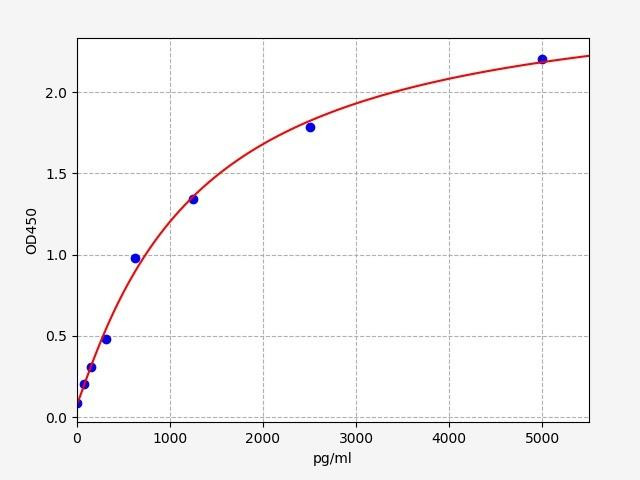
| Human XRCC4 ELISA Kit | |
|---|---|
| ELISA TYPE: | Sandwich ELISA, Double Antibody |
| SENSITIVITY: | 46.875pg/ml |
| RANGE: | 78.125-5000pg/ml |
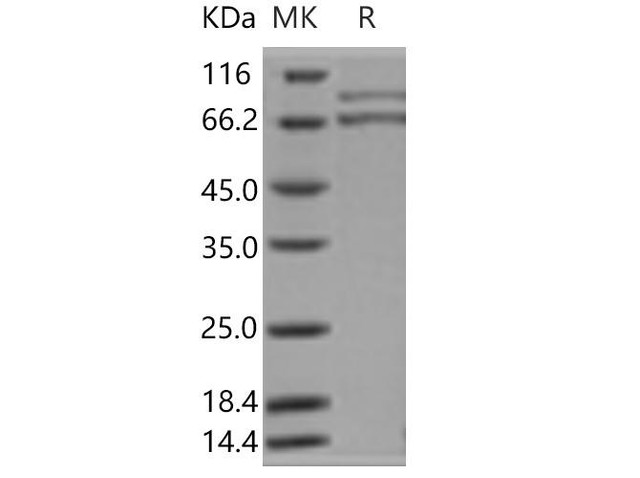
| XRCC5 and XRCC6 Heterodimer Protein | |
|---|---|
| PRODUCT TYPE: | Recombinant Protein |
| HOST SPECIES: | Baculovirus-Insect Cells |
| REACTIVITY: | Human |
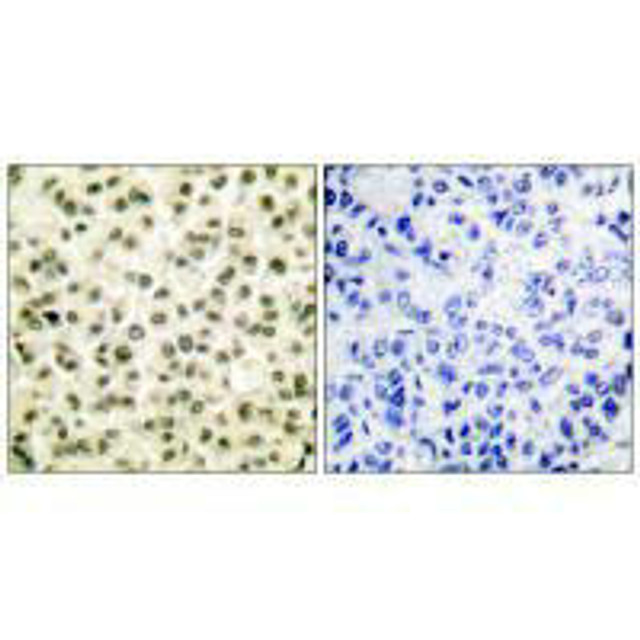
| XRCC6/XRCC5 Antibody | |
|---|---|
| PRODUCT TYPE: | Antibody |
| REACTIVITY: | Human, Mouse, Rat |
| APPLICATION: | ELISA, WB, IHC, IF |

